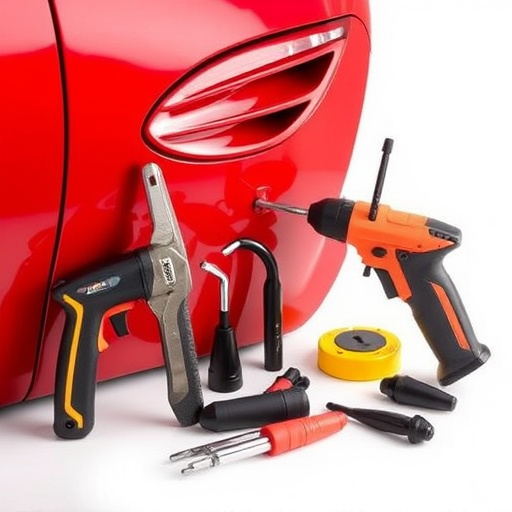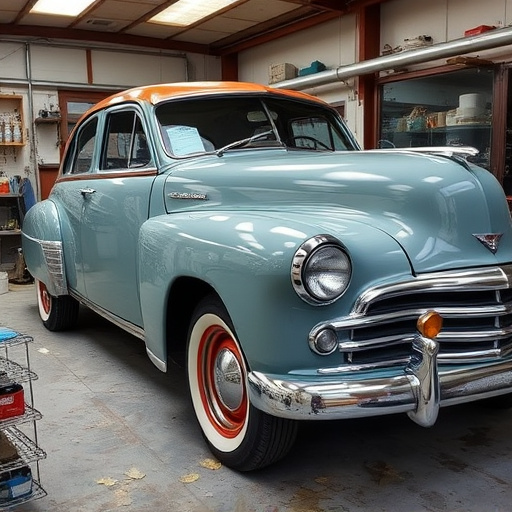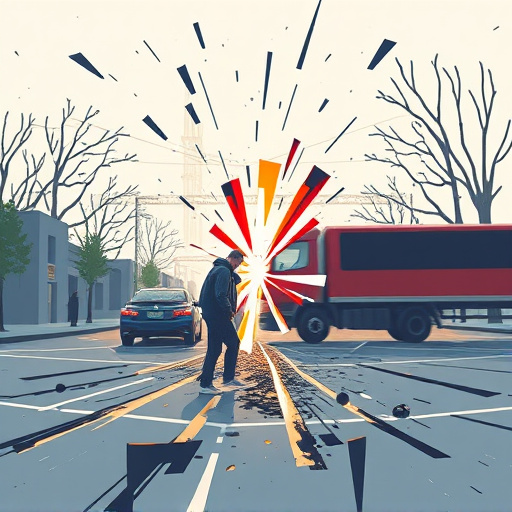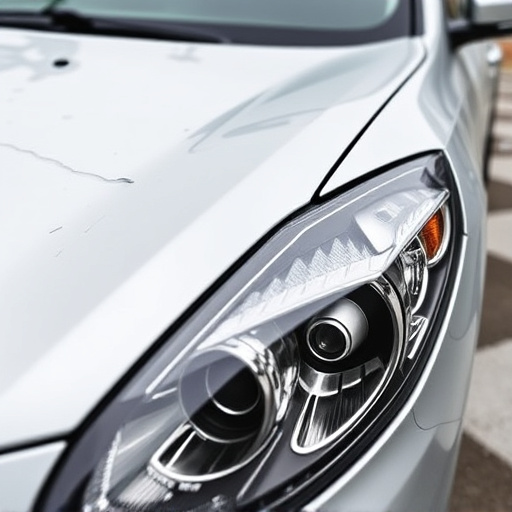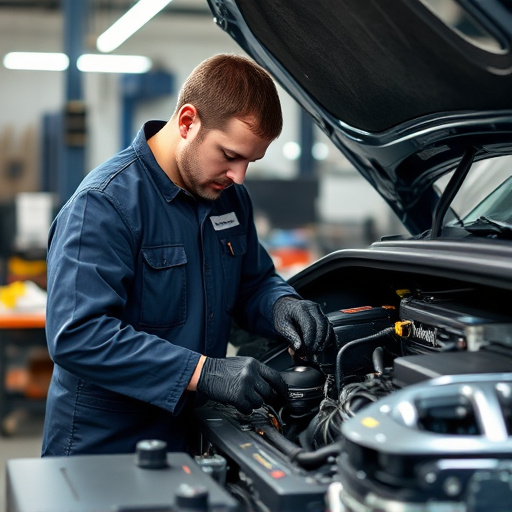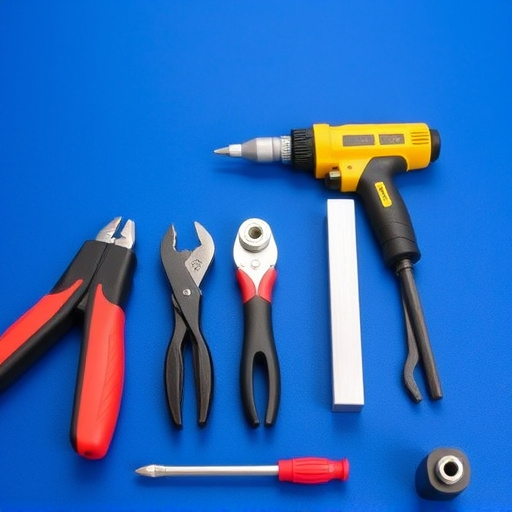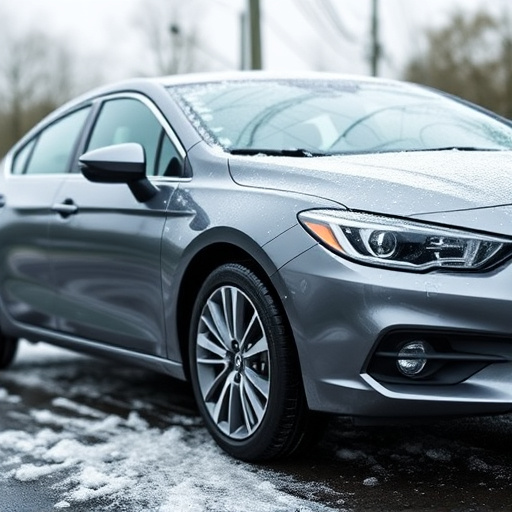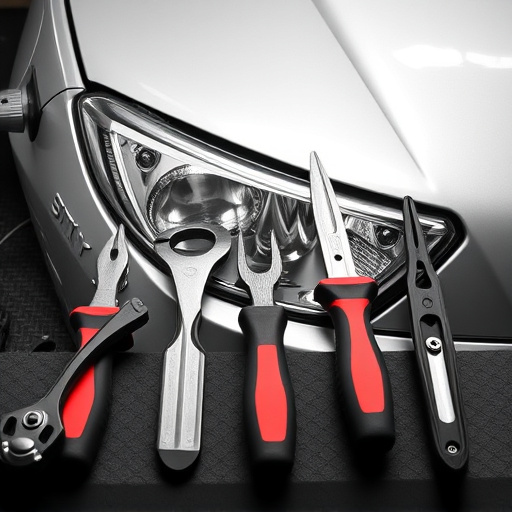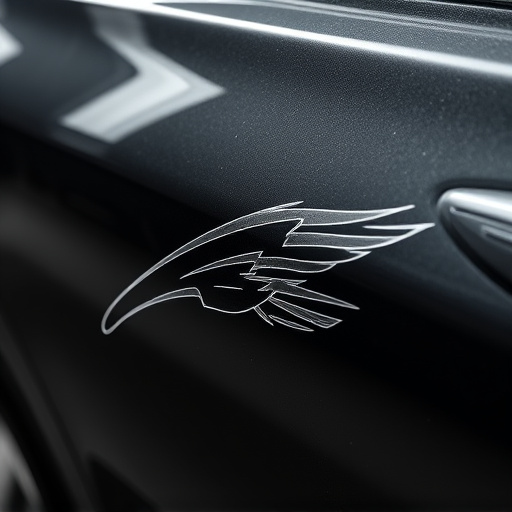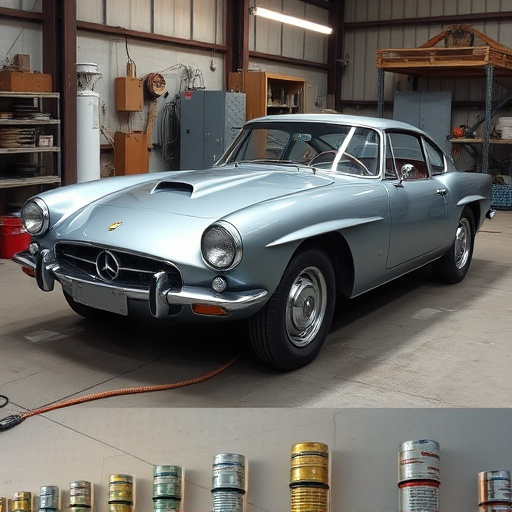Quarter panel replacement is a critical, precise process in auto body repairs, especially after collisions. It involves removing damaged panels safely, fitting new ones precisely for structural integrity and aesthetics, and often includes additional repairs like auto glass. Efficient, quality replacements are key to customer satisfaction and competitiveness in the collision industry. Best practices include advanced tools, specialized equipment, trained technicians, strict quality control, thorough inspections, high-quality parts, and continuous staff training. Common mistakes like inadequate surface prep or incompatible parts can lead to subpar results; proper preparation, genuine parts, and skilled technicians ensure seamless, aesthetically pleasing repairs.
“In the collision repair industry, quarter panel replacement is a critical skill. This comprehensive guide delves into the essential steps and techniques for achieving quality results. From understanding the intricacies of quarter panel replacement to adopting best practices for efficient repairs, we explore strategies that enhance both performance and customer satisfaction.
Additionally, we shed light on common mistakes often encountered during the process, providing practical solutions to ensure optimal outcomes. Discover expert tips tailored for professionals aiming to master this vital aspect of automotive restoration.”
- Understanding Quarter Panel Replacement: Essential Steps and Techniques
- Collision Industry Best Practices for Efficient and Quality Panel Repair
- Common Mistakes to Avoid During Quarter Panel Replacement and Their Solutions
Understanding Quarter Panel Replacement: Essential Steps and Techniques

Understanding quarter panel replacement involves a meticulous process that demands precision and expertise. It’s a critical component of auto body repairs, especially in the event of collisions or damage to a vehicle’s side panels. The first step is assessing the extent of the damage; this includes inspecting the quarter panel for dents, cracks, or complete detachment from the vehicle frame. Once the damage is assessed, the removal of the old quarter panel begins, requiring specialized tools and knowledge to avoid further damaging adjacent parts.
After safe extraction, the new quarter panel must be precisely fitted to ensure seamless integration with the rest of the vehicle’s bodywork. This includes aligning the panel with the car’s frame and securing it using specific fasteners. In addition to ensuring structural integrity, proper alignment is crucial for aesthetics as well, maintaining the vehicle’s original look and finish. The process may also involve auto glass repair or replacement if the collision has compromised the window frames, underlining the holistic nature of collision center services and their impact on restoring a vehicle to its pre-accident condition.
Collision Industry Best Practices for Efficient and Quality Panel Repair

In the collision industry, efficient and quality quarter panel replacement is paramount to customer satisfaction and maintaining a competitive edge. Best practices for quarter panel replacement include utilizing advanced techniques such as precision measurement tools and specialized equipment to ensure exact fitting. Trained technicians play a crucial role in accurately identifying damage, selecting the right materials, and applying effective repair methods, resulting in a seamless blend with the existing vehicle body.
Additionally, prioritizing safety during vehicle collision repair is essential. Car dent repair professionals should adhere to strict quality control measures, including using high-quality parts and performing thorough inspections post-repair. A well-managed car body shop integrates streamlined processes, efficient inventory management, and continuous training for staff to deliver exceptional service in every car dent repair. These practices not only guarantee the longevity of repaired vehicles but also foster trust among customers seeking top-notch vehicle collision repair services.
Common Mistakes to Avoid During Quarter Panel Replacement and Their Solutions
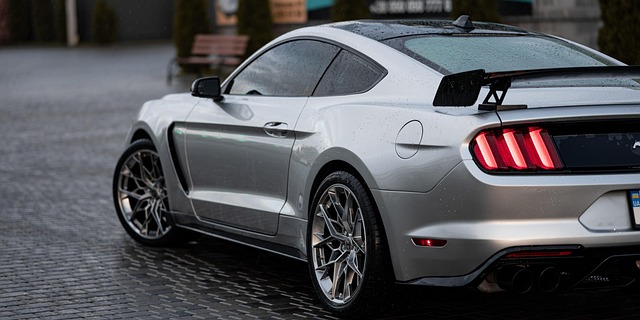
During quarter panel replacement, common mistakes can lead to subpar results and dissatisfied customers. One of the most frequent errors is inadequate preparation of the underlying surface, which can cause issues with the final paint job. Solution? Thoroughly sand and clean the area before installing the new panel, ensuring a smooth base for seamless integration.
Another blunder is using incompatible or low-quality parts, which may compromise structural integrity and aesthetics. To avoid this, research and source genuine manufacturer parts or trusted aftermarket options known for their durability. Additionally, consider the skill level of your technicians; complex repairs like quarter panel replacement might require specialized training in techniques such as paintless dent repair (PDR) for minimal fender repair and vehicle bodywork restoration.
In conclusion, mastering quarter panel replacement is vital for collision repair professionals aiming to deliver efficient, high-quality work. By adhering to best practices outlined in this article, such as understanding specific techniques, avoiding common mistakes, and implementing industry standards, technicians can ensure superior results. These practices not only streamline the repair process but also contribute to customer satisfaction and the overall reputation of the collision industry.
